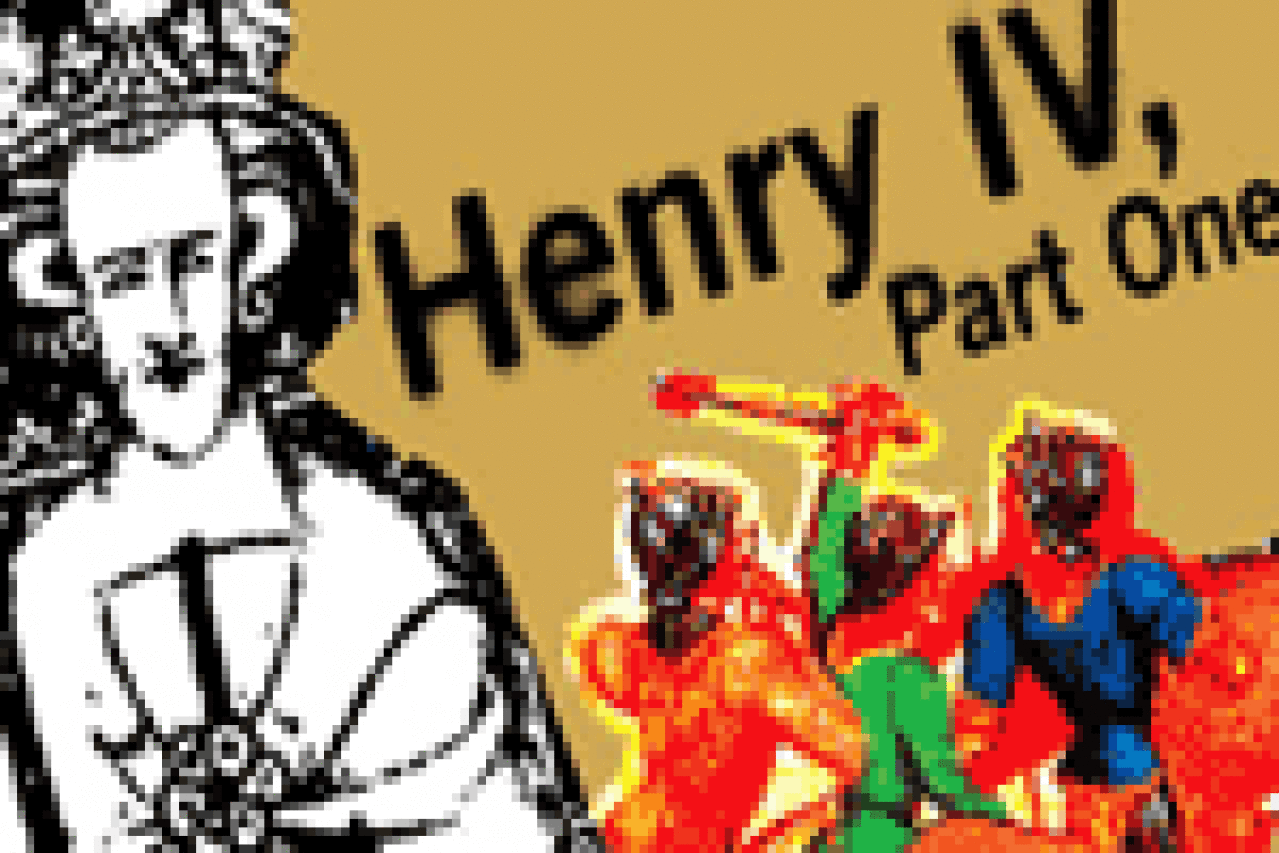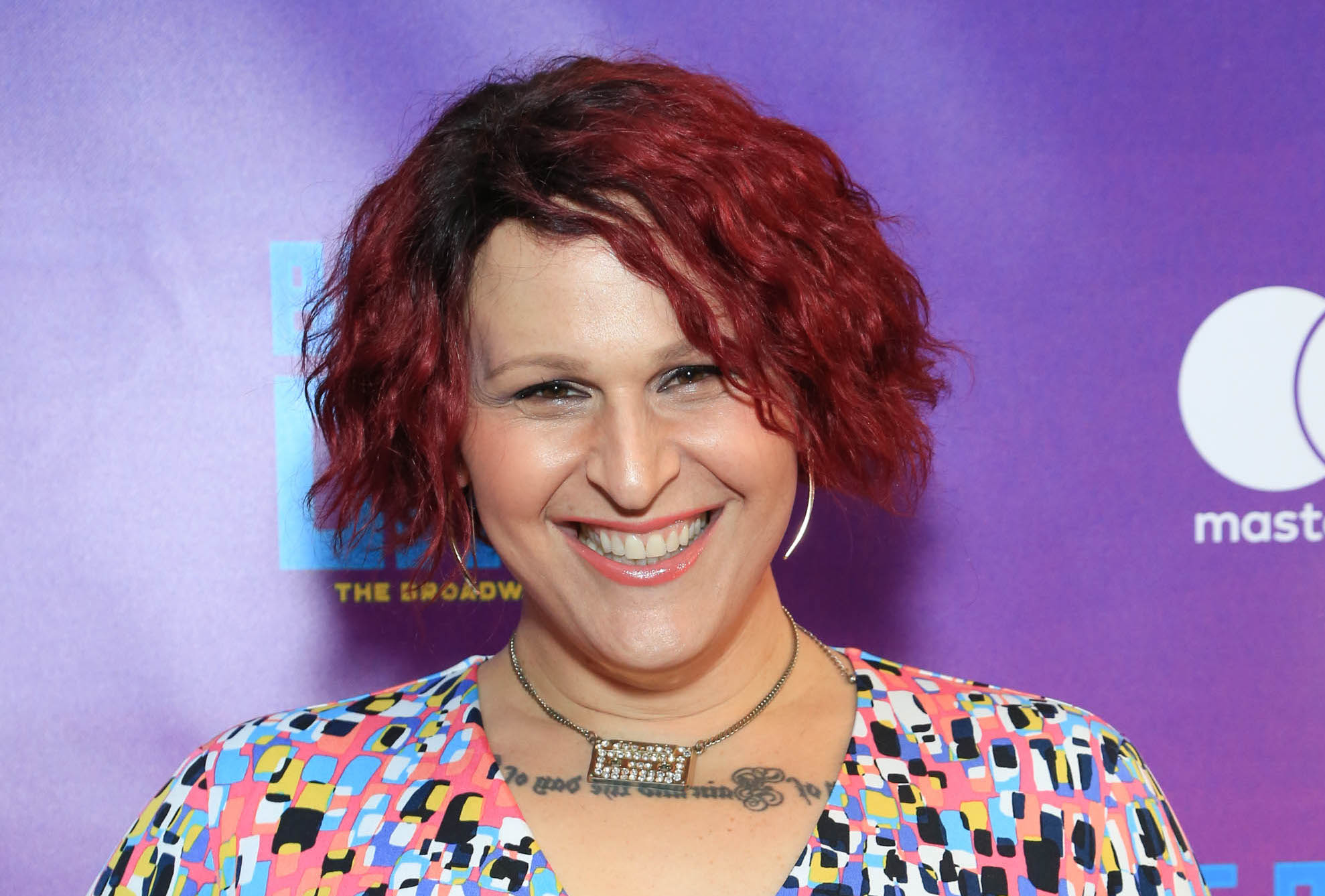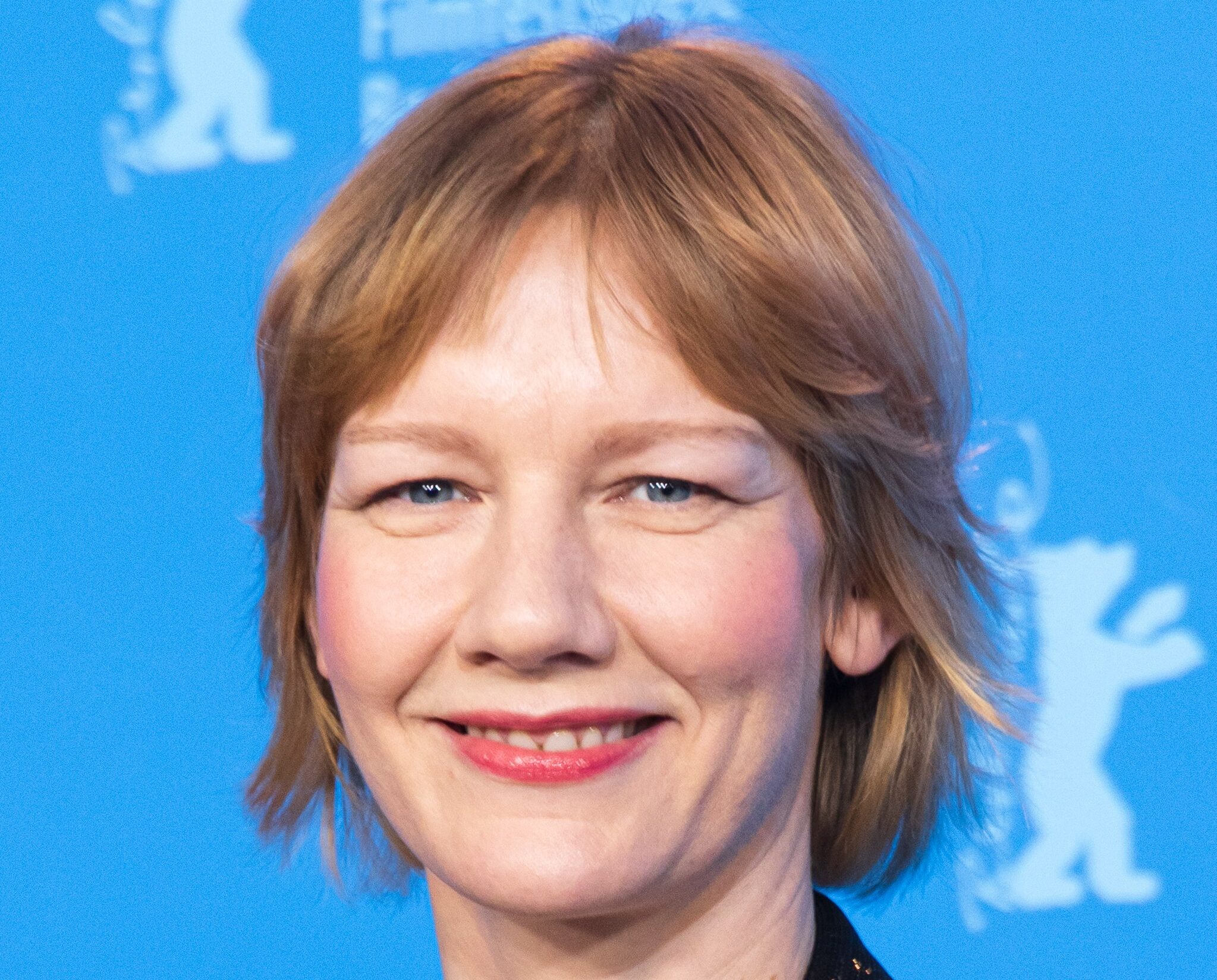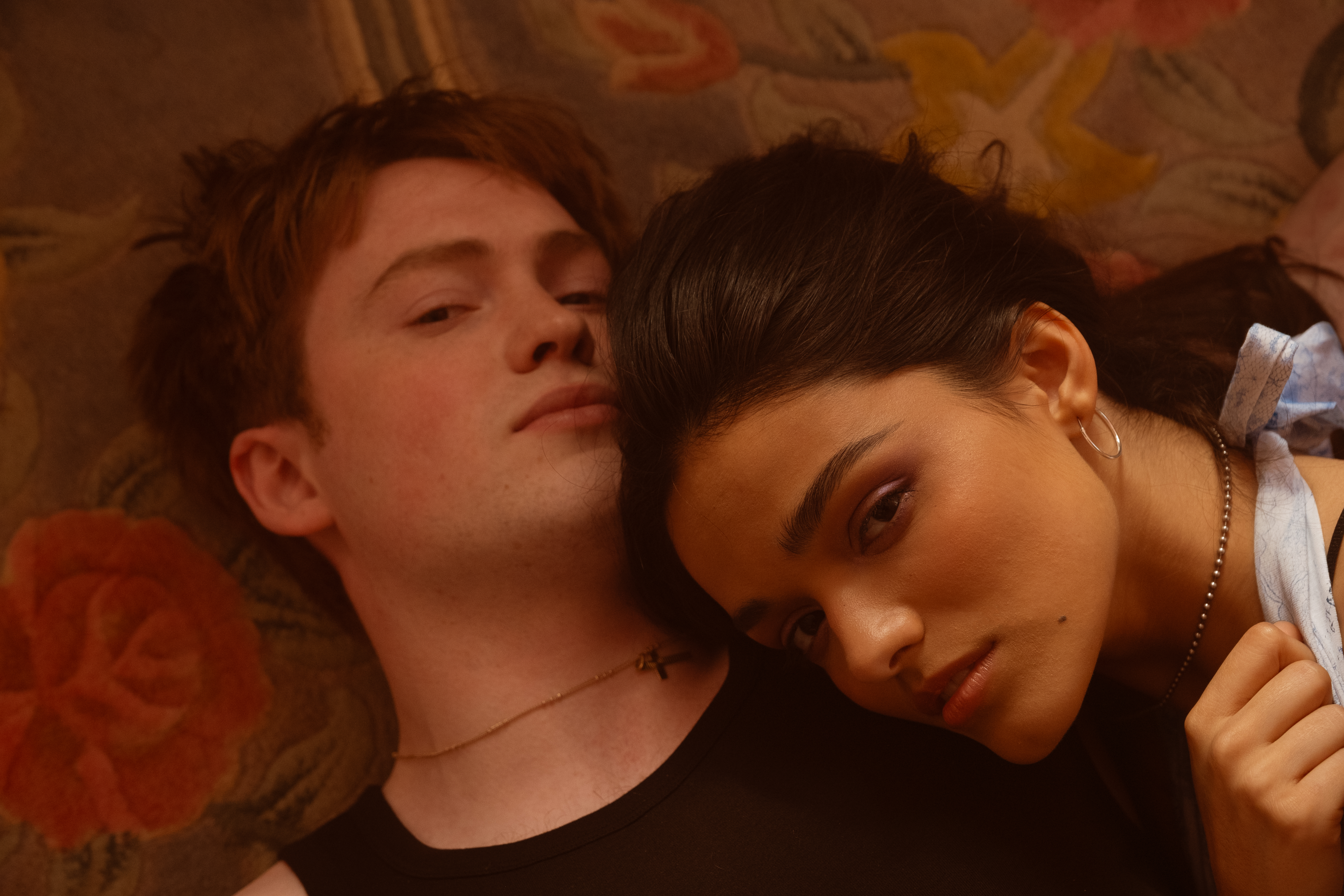Henry IV, Part One

in Henry IV, Part One
(Photo © Richard Termine)
If you judge a show by the number of people who walk out during it, then the current production of Shakespeare’s Henry IV, Part One at BAM is a dismal failure. On the night I attended, audience attrition began after the third scene and steadily increased, with people departing between subsequent scene breaks and, eventually, in the middle of scenes. During one of these mass exits, my theater companion turned to me and said, “Now I know why they kept the house lights on.”
Director Richard Maxwell has gained a reputation for his quirky approach to staging. For the most part, his actors stay still and declaim their lines in an expressionless tone of voice. In previous works, such as Boxing 2000, this style was effective, creating a sort of hypernaturalism in which people talked without artifice. At the same time, it called attention to itself through a kind of Brechtian distancing, making the familiar seem unfamiliar. (Of course, Maxwell’s critics would say that this is just a pretentious way to justify bad acting.)
For a man who has built his reputation on deconstructing his own scripts, tackling Shakespeare seems a risky endeavor. As already noted, a large chunk of the audience apparently agrees that this play is not one that he should have taken on. Anyone looking for a more traditionally staged version of the play should wait until next month, when Lincoln Center mounts its own star-studded version of Henry IV.
For the most part, Maxwell’s production drones tediously onwards. The flattening out of Shakespeare’s verse sheds no light on the text; the pacing is slack, and the actors amble on and off stage with little energy. Yet there is still much to be admired, even enjoyed, within Maxwell’s interpretation. In the opening scene, for example, King Henry (Jim Fletcher) is speaking — in the standard Maxwell style — to the Earl of Westmoreland. Enter Sir Walter Blunt (Bob Feldman), who walks directly up to the king and whispers in his ear. The king whispers back. The audience hears not a word of this exchange. It’s a radical departure from how the scene is usually played, and yet it’s logical that Blunt may not wish his entire speech to be overheard by the others surrounding the king. In performance, the gesture rings with a vibrant theatricality.
The beginning of the epic battle that ends the play is another highlight. When the two opposing sides square off, arrows are released as the King’s army advances upon the enemy. It’s difficult to describe just what makes this so funny, but it partly has to do with the spareness of the staging. There are no cries of battle, no complicated fight choreography. This lack of urgency as the actors advance upon one another defies expectations and thus provokes laughter.
Other scenes are rather tiresome, and I could hardly blame people for walking out. Nearly all of the comedy in Prince Hal’s misadventures with Falstaff and company is drained off by the actors’ forced line readings. The court scenes are even worse, the monotonous tone of the actors’ delivery making for some boring, lengthy speeches. Although Maxwell provides a fresh approach to the script, it’s one that can easily grow stale over the course of two intermissionless hours.

in Henry IV, Part One
(Photo © Richard Termine)
Certain actors fare better than others within the constraints of Maxwell’s direction. Sir John Falstaff is played by Gary Wilmes, a veteran of numerous Maxwell shows, who achieves a wider range of expression within his inexpressiveness than most of the other actors manage. Unfortunately, this does not mean that Falstaff’s interactions with Prince Hal (Gardiner Comfort) display the love and affection between the two characters. As we watch the two of them dispassionately insult each other, the bond that unites these two disparate men never becomes clear. This is my major reservation in regards to Maxwell’s interpretation of the play: Character development is sacrificed in order for the director’s vision to be articulated.
All of the action is played out on a bare wooden stage, with painted backdrops flown in and out to distinguish the play’s many locales. Designed by Stephanie Nelson, the settings give the impression of a good community theater production. With clean lines and a simple color palette, they depict scenes such as the stone walls of a castle or a country landscape. Occasionally, the backdrops include some curiosities; in the interior of Glendower’s castle, for example, strange creatures are locked away behind bars, while a skull and pig’s head adorn a table.
Kaye Voyce has designed attractive period costumes with the occasional incongruous element. The workings of Falstaff’s fat suit are visible whenever the performer turns his back to the audience, and some of the helmets during the battle scene are comically ill-suited to their wearers.
The more or less traditional approach to the production design provides an interesting counterpoint to Maxwell’s deconstruction of Shakespeare’s text. In a sense, it underscores the kind of back-to-basics approach to language that the director elicits from his actors; at the same time, it often makes it seem as if you’re watching a badly acted community theater production. Obviously, Maxwell’s style is not to everyone’s taste. For better or worse, this is a production of Henry IV, Part One unlike any that you’ll ever experience.











